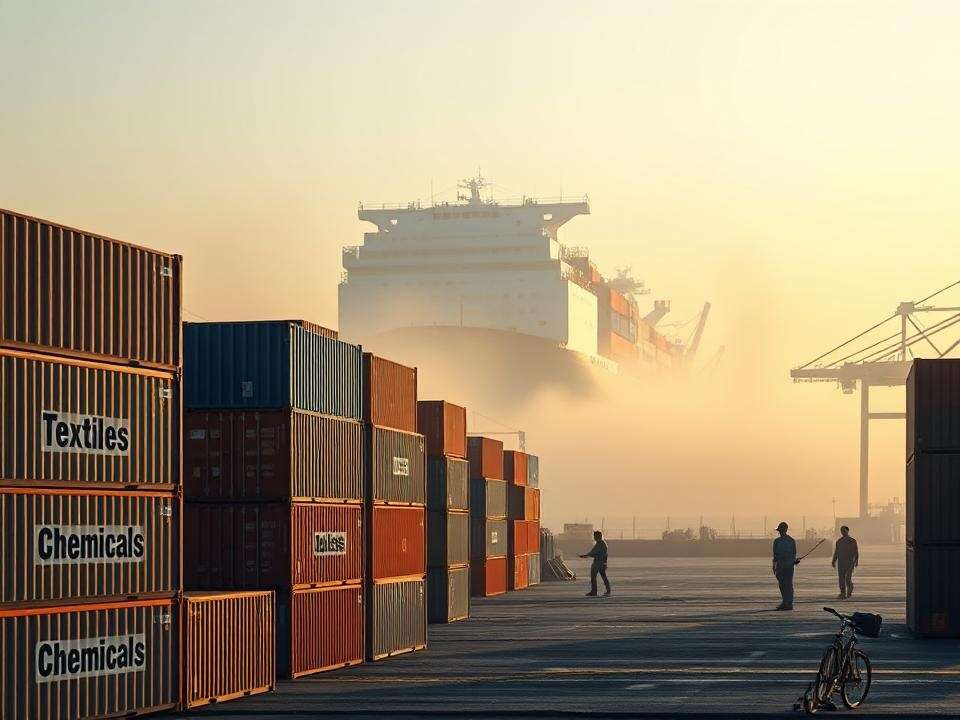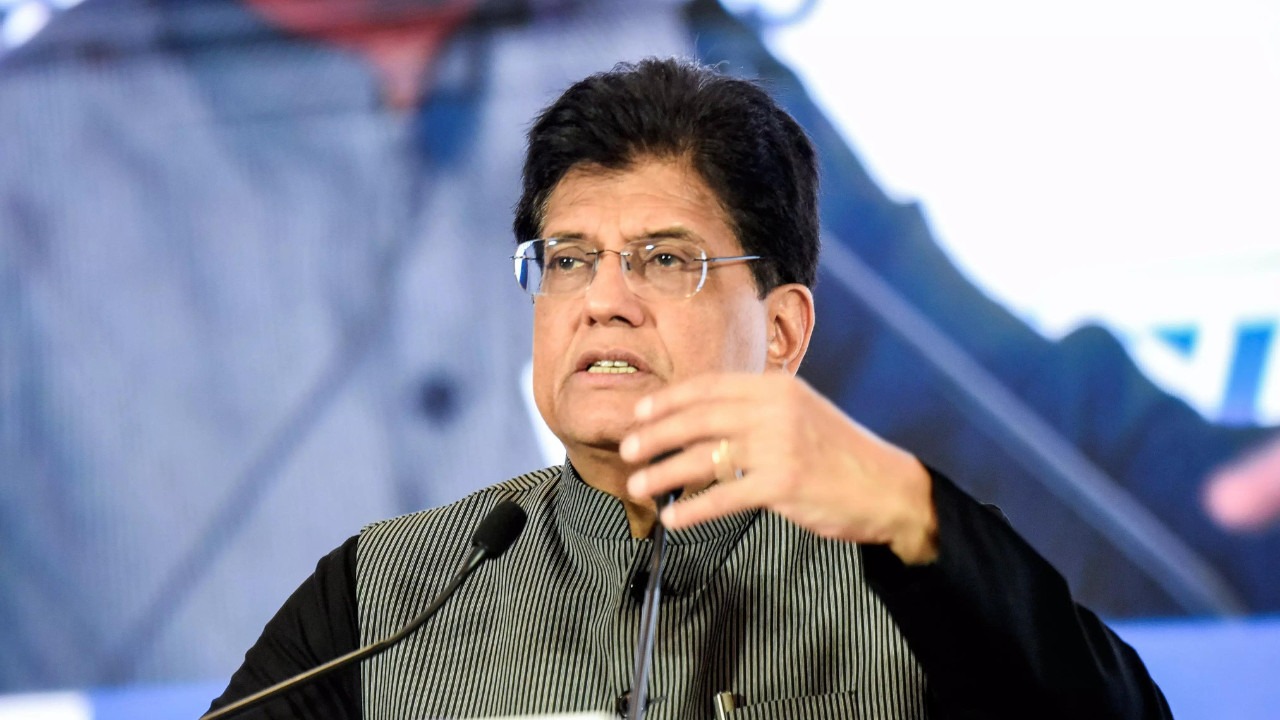Nearly 70% of Indian goods exports to the US face a 50% tariff, impacting labor-intensive sectors like textiles, gems, and agriculture. ICRIER advises smart negotiations, targeted relief, and export market diversification. Despite the challenges, India aims to maintain its global economic position, addressing concerns while safeguarding national interests and energy security.
Navigating the Murky Waters of US-India Trade: Is it Time to Chart a New Course?
The relationship between India and the United States is often touted as a cornerstone of global stability, a partnership built on shared values and mutual economic benefits. But beneath the surface of high-level diplomatic summits and strategic alliances, a more complex reality unfolds: the ongoing ebb and flow of trade disputes and tariff impositions. Recent analysis from the Indian Council for Research on International Economic Relations (ICRIER) sheds light on just how significantly these tariffs impact Indian exports and offers a pathway toward smoother sailing.
The Ripple Effect of US Tariffs on Indian Exports
Even though the percentage appears modest, the real impact is felt disproportionately by certain sectors and industries. Imagine being a small business owner heavily reliant on exports to the US, suddenly facing increased costs due to tariffs. Your profit margins shrink, and you might even be forced to lay off employees or shut down altogether. It’s this granular level where the consequences truly bite. These tariffs can disrupt supply chains, hinder investment decisions, and ultimately slow down economic growth in affected areas. The ICRIER study serves as a crucial reminder that broad economic indicators don’t always tell the whole story.
The industries most vulnerable to these protectionist measures are often those striving to compete in a global market. Sectors like textiles, certain agricultural products, and specific engineering goods may find it harder to maintain their competitive edge when faced with additional financial burdens. This can lead to a domino effect, impacting related industries and potentially undermining long-term economic development.
Negotiation: The Art of the Possible in International Trade
So, what’s the solution? ICRIER suggests a dual-pronged approach, prioritizing both negotiation and trade diversification. Negotiation, in this context, isn’t about grandstanding or making demands. It’s about engaging in constructive dialogue with the US, identifying areas of mutual concern, and seeking mutually beneficial solutions. This might involve revisiting existing trade agreements, addressing specific grievances, or exploring new avenues for cooperation. The key lies in fostering a spirit of compromise and recognizing that both countries have legitimate interests to protect. You can learn more about other international trade issues by checking out our piece on the impact of supply chain disruptions.
Diversification: Don’t Put All Your Eggs in One Basket
However, relying solely on negotiation is a risky strategy. The global economic landscape is constantly shifting, and unforeseen geopolitical events can quickly derail even the most carefully laid plans. This is where trade diversification comes into play. The idea is simple: reduce dependence on any single market by actively seeking out new trading partners and expanding into emerging economies. This could involve strengthening ties with countries in Southeast Asia, Africa, or Latin America.
Diversifying trade routes offers several advantages. It reduces vulnerability to external shocks, creates new opportunities for growth, and fosters greater resilience in the face of global uncertainty. It also allows Indian businesses to tap into new markets and access different sources of demand, ultimately strengthening the country’s overall economic competitiveness.
India has already made strides in this direction, forging closer partnerships with various countries and regional blocs. Initiatives like “Act East” and increased engagement with the African Union demonstrate a commitment to broadening India’s global footprint. But there’s still plenty of room for improvement. By proactively seeking out new opportunities and investing in the necessary infrastructure, India can position itself as a major player in the global economy, less susceptible to the whims of any single trading partner.
The path forward for India in navigating the complexities of US trade relations requires a blend of skillful diplomacy and strategic foresight. While the current impact of US tariffs might seem manageable, ignoring the underlying issues would be a grave error. By prioritizing negotiation, diversifying trade routes, and investing in its own economic competitiveness, India can ensure a more prosperous and resilient future, regardless of the shifting sands of international trade policy.








